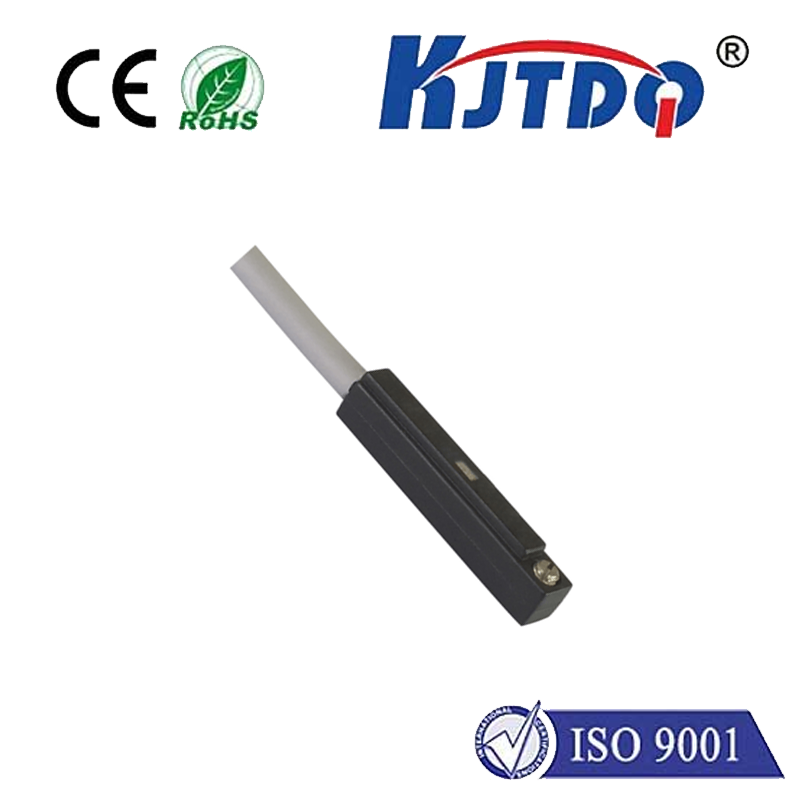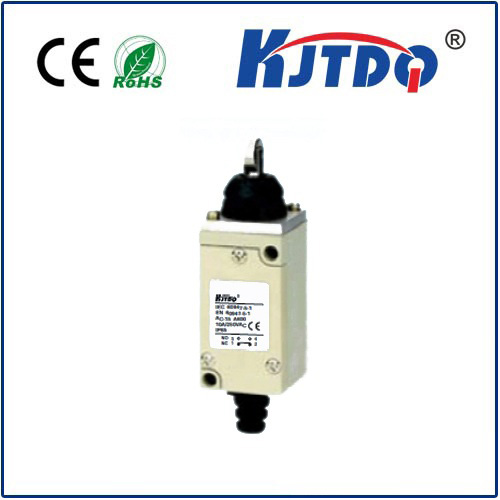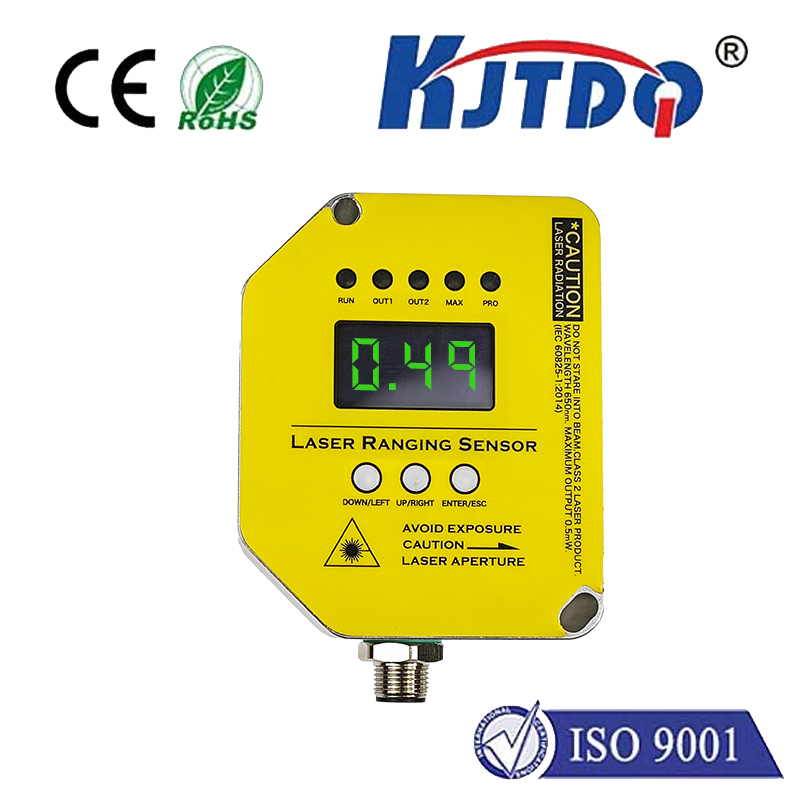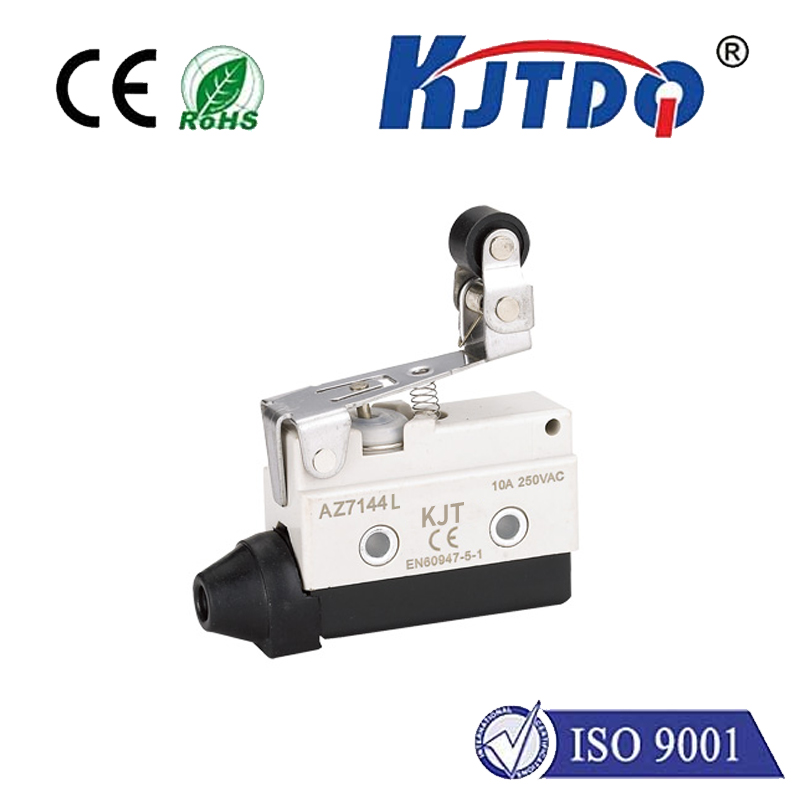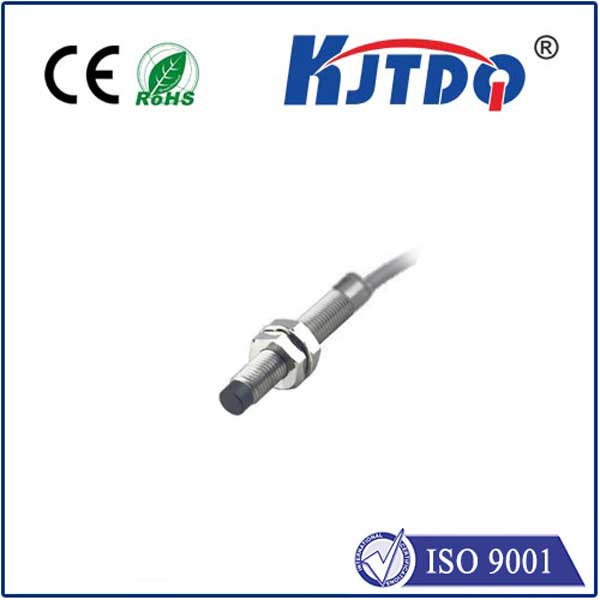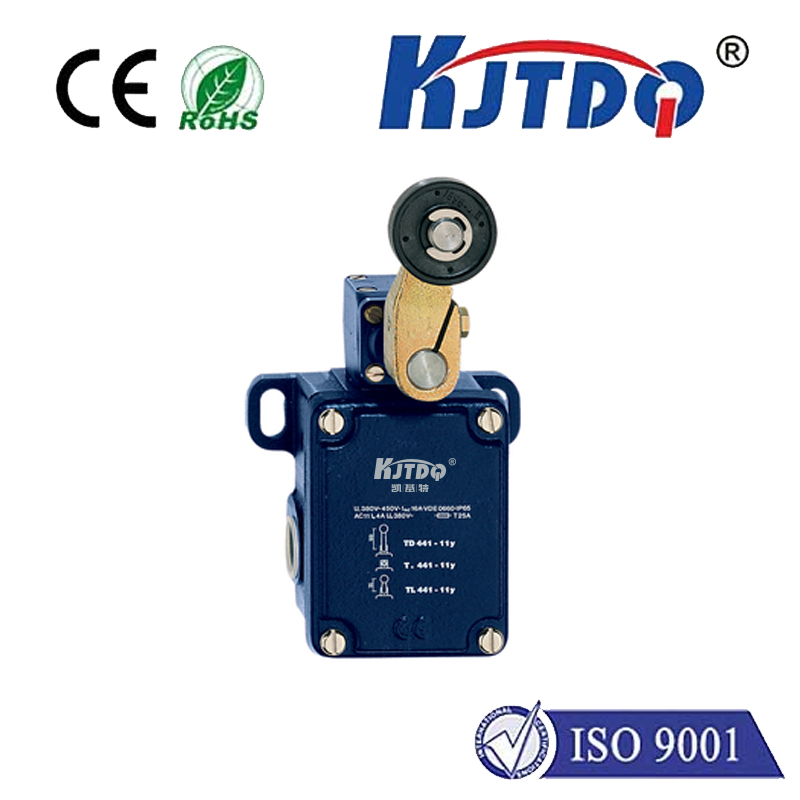factor 1 inductive proximity sensor
- time:2025-09-08 10:39:34
- Click:0
Factor 1 Inductive Proximity Sensors: Safety, Reliability, and Industrial Applications
Imagine a robotic arm whirring precisely within a high-voltage enclosure, or metal stamping machinery operating relentlessly in a dusty, humid factory. How do these systems perform complex tasks safely and reliably without physical contact triggering critical operations? The silent guardian enabling this is often the Factor 1 Inductive Proximity Sensor. More than just a detection device, Factor 1 sensors represent the pinnacle of safety and dependability in non-contact switching technology for demanding industrial environments.
Demystifying Inductive Proximity Sensors: The Core Technology
At their heart, inductive proximity sensors operate on electromagnetic principles. They generate a high-frequency oscillating electromagnetic field from their active face. When a metallic target enters this field, eddy currents are induced within the target material. This interaction dampens the sensor’s oscillation amplitude. Sophisticated internal circuitry detects this precise drop in oscillation strength, triggering a clean, reliable output signal switch (either ON or OFF). This inherent non-contact detection eliminates mechanical wear, making them exceptionally durable components. Key performance metrics include:
- Sensing Distance: Rated based on a standard target material and size (typically mild steel), crucial for layout planning.
- Switching Frequency: How quickly they can detect targets passing by, vital for high-speed processes.
- Hysteresis: The difference between the switch-on and switch-off point, ensuring stability near the detection threshold.
- Environmental Ratings: Factors like IP67 (Ingress Protection) or IP69K are critical for resistance against dust, water jets, chemicals, and extreme temperatures.
The “Factor 1” Difference: Safety Built-In
The term “Factor 1” isn’t just marketing jargon; it’s a specific classification defined by international safety standards, most notably IEC 60947-5-2 (Low-voltage switchgear and controlgear - Proximity switches). This designation signifies that the sensor incorporates critical safety features:

- Redundancy: Factor 1 sensors typically employ dual-channel outputs. Internally, two separate, independent switching elements monitor the sensor’s status.
- Continuous Monitoring (Self-Checking): Crucially, the sensor circuitry continuously performs automatic self-diagnostics. It constantly checks for internal faults such as component failure, short circuits, wire breaks, or contamination of the sensing face that could impede detection.
- Safe State: If any internal fault is detected during this three-step self-checking process, the sensor immediately forces its outputs into a predefined safe state (usually OFF or “no signal”). This prevents a dangerous situation where a faulty sensor might falsely indicate “no target present” when one is actually there (failure-to-danger).
- Diagnostic Output: Many Factor 1 sensors provide a dedicated output signal indicating their operational health status (e.g., “Sensor OK”).
In essence, Factor 1 certification provides a higher level of assurance. It means the sensor itself has mechanisms designed to detect internal failures and react in a way that minimizes the risk to personnel or machinery, making them suitable for Safety Instrumented Functions (SIFs) within a Safety Integrity Level (SIL) framework.
Where Factor 1 Inductive Sensors Excel: Critical Applications
The combination of robust non-contact sensing and built-in safety diagnostics makes Factor 1 inductive proximity sensors indispensable in numerous demanding sectors:
- Safety Interlocking: Guarding access points on hazardous machinery (e.g., presses, robotic cells). A Factor 1 sensor on a safety gate guarantees the machine won’t operate unless the gate is securely closed and the sensor is confirmed healthy.
- Position Verification: Confirming machine elements (slides, clamps, lifts) are in their exact safe position before initiating the next cycle in automated assembly lines or material handling systems.
- High-Risk Environments: Applications involving potentially explosive atmospheres (ATEX/IECEx zones) often require intrinsically safe sensors, and Factor 1 versions ensure their safety functionality remains intact.
- Mission-Critical Processes: Where undetected sensor failure could lead to catastrophic product loss, expensive machinery damage, or severe safety incidents (e.g., power generation, chemical processing).
- Harsh Industrial Settings: Environments characterized by heavy vibration, washdown cleaning (food & beverage, pharmaceuticals), conductive dust (metalworking), or extreme temperatures, where standard sensor reliability might be compromised. Their superior IP67 protection or higher is vital here.
Selecting the Right Factor 1 Sensor: Key Considerations
Choosing the appropriate Factor 1 inductive proximity sensor involves several technical factors:
- Required Safety Level: Confirm that Factor 1 meets the necessary safety requirements (PL, SIL) for the specific application.
- Target Material: While primarily for metals, ferrous materials (steel, iron) offer the best sensing range. Non-ferrous metals (aluminum, copper, brass) require special sensors with reduced nominal sensing ranges.
- Mounting Constraints: Barrel (cylindrical) or block (rectangular) styles? Flush or non-flush mounting capabilities? Sensing distance needed? Proper mounting is crucial for optimal performance.
- Electrical Requirements: Operating voltage (commonly 10-30V DC), output type (PNP/NPN transistor, NAMUR), and connection method (cable, M8/M12 connector).
- Environmental Conditions: Temperature range, required IP rating (IP67 standard, IP68/IP69K for submersion/high-pressure washdown), resistance to chemicals or welding spatter. Look for materials like PPS (Polyphenylene Sulfide) housing for extreme durability.
Maximizing Reliability: Installation and Maintenance Best Practices
Even the most robust sensor needs correct installation for peak performance:
- Mounting: Ensure the sensor is securely fixed and aligned correctly with the target path. Maintain the specified nominal sensing distance, considering material reduction factors for non-steel targets.
- Cabling: Protect cables from abrasion, tension, and crushing. Use shielded cable in areas with high electromagnetic interference (EMC immunity is vital).
- Grounding: Proper grounding significantly enhances noise immunity and stability.
- Routine Inspection: Periodically check for physical damage, sensing face contamination (clean gently if needed), and security of mounting and connections.
- Diagnostic Utilization: Actively monitor and respond to any diagnostic signals indicating potential issues. A key benefit of Factor 1 devices is this diagnostic capability allowing predictive maintenance.
The Unseen Enabler of Safer, Smarter Automation
Factor 1 Inductive Proximity Sensors are far more than simple switches. They are sophisticated components designed to deliver uncompromising performance where failure is not an option. By integrating redundant circuitry and continuous self-diagnosis, they provide the essential layer of functional safety required in modern, complex, and high-risk industrial automation. Their robust construction ensures longevity in punishing environments, while their precise detection capabilities enable reliable process control. From safeguarding human operators to preventing costly equipment damage and ensuring seamless production flow, Factor 1 inductive proximity sensors are truly foundational elements in building safer, more efficient, and more reliable automated systems. Their role in the future of Industry 4.0, with its demands for interconnectivity, data, and safety, remains absolutely vital.






